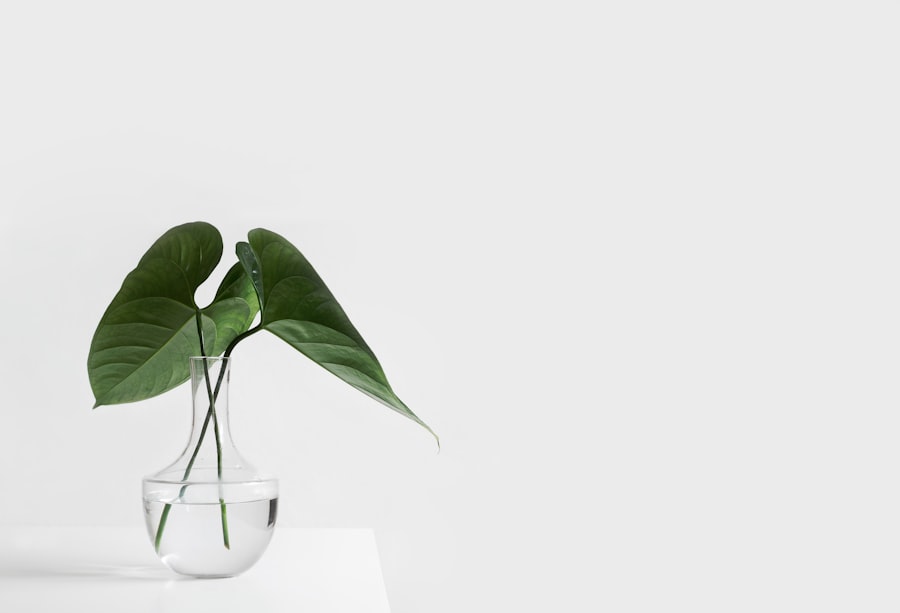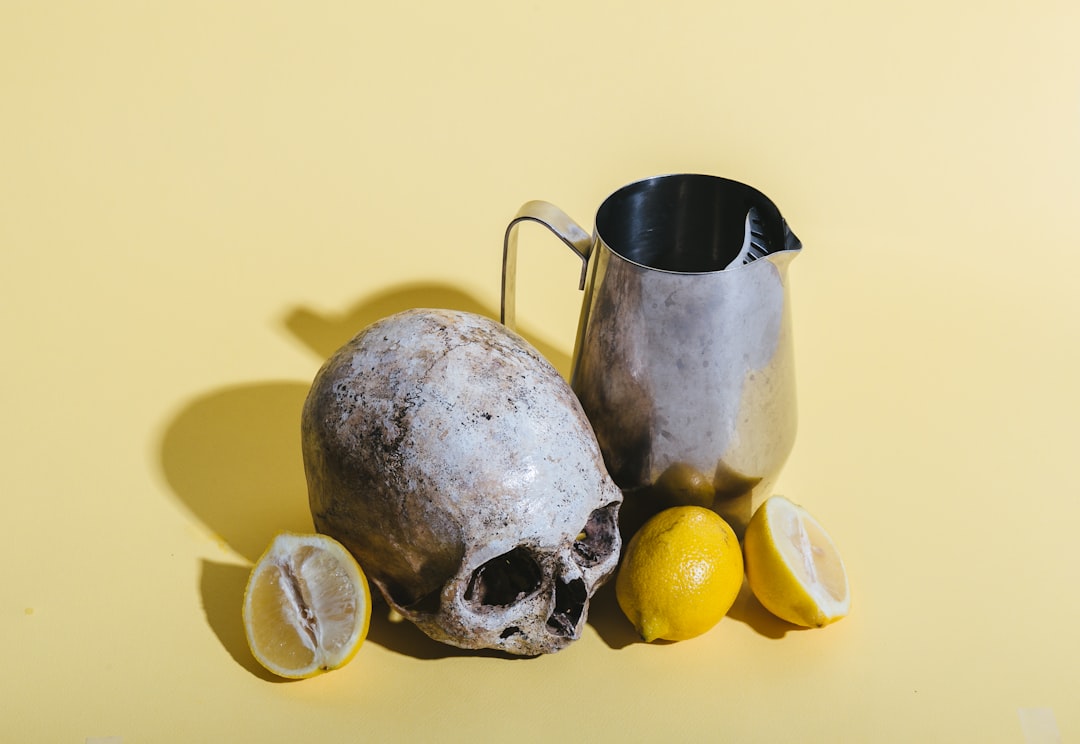Biennial plants occupy a unique niche in the botanical world, characterized by their distinct two-year life cycle. Unlike annuals, which complete their life cycle in a single growing season, or perennials, which live for multiple years, biennials take their time to establish themselves. The first year is typically devoted to vegetative growth, where the plant focuses on developing a robust root system and foliage.
In the second year, the biennial plant shifts its energy towards reproduction, producing flowers and seeds before completing its life cycle. This fascinating growth pattern not only contributes to the diversity of plant life but also offers gardeners a unique opportunity to cultivate a variety of species that can enhance their gardens. The appeal of biennial plants extends beyond their life cycle; they often exhibit remarkable resilience and adaptability.
Many biennials are well-suited to a range of climates and soil types, making them accessible to gardeners in various regions. Additionally, their ability to produce seeds in the second year can lead to self-sowing, allowing for a continuous presence in the garden without the need for replanting each season. This characteristic can be particularly advantageous for those looking to create a low-maintenance garden that still offers visual interest and ecological benefits.
Key Takeaways
- Biennial plants have a two-year life cycle, completing their life cycle in two growing seasons.
- Biennial plants can be identified by their characteristic growth patterns, such as producing leaves in the first year and flowers in the second year.
- Common examples of biennial plants include carrots, parsley, and foxglove.
- Biennial plants can be grown in the garden by sowing seeds in the first year and allowing them to flower and produce seeds in the second year.
- Embracing biennial plants in your garden can provide a variety of benefits, but also comes with its own set of challenges.
Understanding the Biennial Life Cycle
The life cycle of biennial plants is divided into two distinct phases: the vegetative phase and the reproductive phase. During the first year, biennials focus on establishing themselves. This phase is marked by the development of leaves, stems, and roots, which are crucial for nutrient absorption and overall plant health.
The energy invested in this initial growth period is vital for the plant’s survival and success in the following year. Many biennials produce a rosette of leaves close to the ground during this time, which helps them conserve moisture and withstand adverse weather conditions. As the seasons change and the plant enters its second year, it begins to transition into the reproductive phase.
This shift is often triggered by environmental cues such as changes in temperature and daylight hours. The biennial plant will then allocate its resources towards flowering and seed production. This phase is critical for the continuation of the species, as successful pollination and seed dispersal ensure that new plants can emerge in subsequent growing seasons.
The transformation from a vegetative state to a flowering state is not only a remarkable biological process but also a visually stunning aspect of gardening, as many biennials produce vibrant blooms that attract pollinators.
Identifying Biennial Plants

Identifying biennial plants can be an engaging endeavor for gardeners and botanists alike. While many biennials may share common characteristics, they can also vary significantly in appearance depending on their species and growing conditions. One of the most recognizable features of biennials is their rosette formation during the first year.
This low-growing arrangement of leaves allows them to maximize sunlight exposure while minimizing water loss. In contrast, during their second year, biennials often exhibit tall flowering stalks that can reach impressive heights, adorned with clusters of flowers that serve to attract pollinators. Another key aspect of identifying biennial plants is understanding their growth habits and preferred environments.
Many biennials thrive in well-drained soils and require full sun or partial shade to flourish. Observing their growth patterns over time can also provide clues; for instance, if a plant appears to be thriving in its first year but suddenly produces flowers in its second year, it is likely a biennial. Additionally, some biennials may exhibit distinctive foliage or flower shapes that can aid in identification.
For example, plants like foxglove (Digitalis purpurea) are easily recognized by their tall spikes of tubular flowers, while others like parsley (Petroselinum crispum) have feathery leaves that are quite different from their flowering counterparts.
Examples of Common Biennial Plants
Several biennial plants are commonly found in gardens and landscapes around the world, each offering unique characteristics and benefits. One of the most well-known examples is the hollyhock (Alcea rosea), which produces tall spikes adorned with large, colorful flowers that bloom in various shades including pink, red, yellow, and white. Hollyhocks are often used as ornamental plants in cottage gardens and can reach heights of up to eight feet in their second year, creating a striking visual impact.
Another popular biennial is the sweet William (Dianthus barbatus), known for its fragrant clusters of small flowers that come in vibrant colors such as red, pink, and white. Sweet William is often used in borders and as cut flowers due to its long-lasting blooms. Additionally, many gardeners appreciate its ability to attract beneficial insects like bees and butterflies, making it an excellent choice for pollinator-friendly gardens.
Other notable examples include biennial herbs such as parsley (Petroselinum crispum) and carrot (Daucus carota). Parsley is not only valued for its culinary uses but also for its attractive foliage and ability to attract pollinators when it flowers in its second year. Carrots, on the other hand, are primarily grown for their edible roots but will produce delicate white flowers if allowed to go to seed.
These examples illustrate the diversity within the biennial category and highlight their potential contributions to both ornamental and edible gardens.
Growing Biennial Plants in Your Garden
Growing biennial plants can be a rewarding experience for gardeners looking to diversify their plant selections. The first step in cultivating these plants is selecting appropriate species based on climate, soil type, and desired aesthetics. Biennials generally prefer well-drained soil rich in organic matter, so amending garden beds with compost or well-rotted manure can create an ideal growing environment.
Additionally, ensuring that these plants receive adequate sunlight—typically six hours or more per day—will promote healthy growth during their vegetative phase. Timing is crucial when planting biennials; they are often sown directly into the garden bed or started indoors before being transplanted outside. For many species, sowing seeds in late summer or early fall allows them to establish roots before winter dormancy sets in.
This timing can lead to stronger plants that are better equipped to thrive when spring arrives. Alternatively, some gardeners may choose to sow seeds in early spring for biennials that require a longer growing season before flowering.
Caring for Biennial Plants

Watering and Mulching
Regular watering is essential, especially during dry spells, as biennials establish their root systems in the first year. However, it’s important to avoid overwatering, which can lead to root rot and other issues. Mulching around the base of biennials helps retain moisture and suppress weeds that may compete for nutrients.
Fertilization
Biennials benefit from balanced fertilizers applied during their active growth phase. A slow-release fertilizer provides essential nutrients over time without overwhelming the plants with excess nitrogen, which could lead to lush foliage at the expense of flowering.
Pest and Disease Management
Monitoring for pests and diseases is crucial, as common issues include aphids and fungal infections. Implementing integrated pest management strategies, such as introducing beneficial insects or using organic treatments, helps maintain plant health without resorting to harsh chemicals.
Harvesting Biennial Plants
Harvesting biennial plants requires an understanding of their growth cycles and optimal harvesting times. For edible biennials like carrots and parsley, it’s essential to wait until they reach maturity before harvesting their roots or leaves.
Carrots are typically ready for harvest when they reach about one inch in diameter; pulling them too early may result in smaller roots that lack flavor.
Parsley can be harvested by snipping off outer leaves as needed while allowing inner leaves to continue growing. In contrast, ornamental biennials like hollyhocks should be allowed to flower fully before any harvesting occurs. Once flowering has completed and seed pods have formed, gardeners can collect seeds for future planting or allow them to self-sow in the garden bed.
This practice not only ensures continuity but also contributes to a more sustainable gardening approach by reducing reliance on purchased seeds.
Biennial Plants in the Wild
Biennial plants are not only cultivated in gardens but also thrive in various wild habitats across different ecosystems. Many native biennials play crucial roles in their environments by providing food sources for wildlife and contributing to soil health through their root systems. For instance, wild carrot (Daucus carota) is often found in meadows and along roadsides; its flowers attract numerous pollinators while its deep taproot helps aerate the soil.
In addition to supporting local fauna, wild biennials often exhibit remarkable adaptations that allow them to survive in challenging conditions. Some species have developed drought-resistant traits or mechanisms for coping with poor soil quality. Observing these plants in their natural habitats can offer valuable insights into their ecological roles and inform best practices for cultivating them in home gardens.
Benefits of Biennial Plants
The benefits of incorporating biennial plants into gardens extend beyond aesthetic appeal; they contribute significantly to biodiversity and ecosystem health. By attracting pollinators such as bees and butterflies during their flowering phase, biennials play an essential role in supporting local ecosystems. This interaction not only aids in plant reproduction but also enhances overall garden productivity by promoting cross-pollination among various species.
Moreover, many biennials are known for their ability to improve soil quality through deep root systems that break up compacted soil layers. This natural aeration process enhances water infiltration and nutrient availability for surrounding plants. Additionally, some biennials can act as cover crops during off-seasons, preventing soil erosion while enriching it with organic matter as they decompose after flowering.
Challenges of Growing Biennial Plants
Despite their many advantages, growing biennial plants does come with certain challenges that gardeners must navigate. One significant hurdle is the need for patience; since these plants do not flower until their second year, gardeners may feel tempted to remove them if they do not see immediate results. This requires a commitment to nurturing these plants through their initial growth phase without visible rewards.
Another challenge lies in managing biennials’ tendency to self-seed if left unchecked. While self-seeding can be beneficial for creating a naturalized garden look, it may also lead to overcrowding or unwanted volunteers in subsequent seasons. Gardeners must strike a balance between allowing some self-seeding while controlling populations through careful monitoring and selective removal when necessary.
Embracing Biennial Plants in Your Garden
Incorporating biennial plants into your garden offers an opportunity to enrich your landscape with diverse textures and colors while supporting local ecosystems. Their unique life cycle presents both challenges and rewards that can enhance your gardening experience. By understanding how to grow and care for these fascinating plants, you can create a vibrant garden that thrives year after year while contributing positively to your environment.
If you are interested in learning more about organic gardening and how to care for your plants, check out this article on top organic fertilizers for your vegetable garden. It provides valuable information on how to nourish your plants naturally and sustainably.
FAQs
What is a biennial plant?
A biennial plant is a type of flowering plant that takes two years to complete its life cycle. In the first year, the plant grows from a seed, producing leaves and storing energy in its roots. In the second year, the plant flowers, produces seeds, and then dies.
Examples of biennial plants
Some common examples of biennial plants include carrots, parsley, and foxglove. These plants grow leaves and store energy in their first year, and then flower and produce seeds in their second year before dying.
How to care for biennial plants
To care for biennial plants, it is important to provide them with well-drained soil, adequate sunlight, and regular watering. It is also important to remove any weeds that may compete with the biennial plants for nutrients.
Can biennial plants be grown in containers?
Yes, biennial plants can be grown in containers as long as the containers are large enough to accommodate the plant’s root system and provide adequate drainage. It is important to choose a container with enough space for the plant to grow over the course of two years.
What is the difference between biennial and perennial plants?
The main difference between biennial and perennial plants is their life cycle. Biennial plants complete their life cycle in two years, while perennial plants live for more than two years, often coming back year after year.

